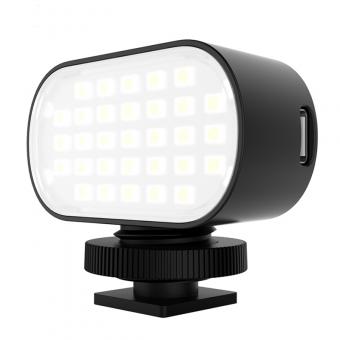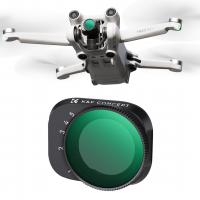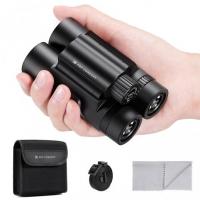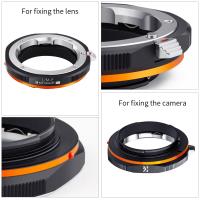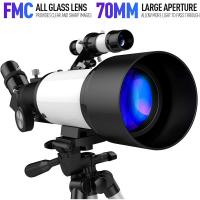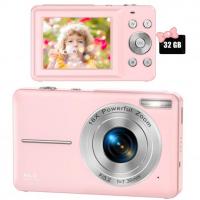What Is Soft Light Photography?
Soft light photography is a popular technique among photographers due to its ability to produce flattering, natural-looking images. This technique uses diffused light sources to minimize harsh shadows and create a balanced, even illumination on the subject. Understanding soft light and how to achieve it can significantly enhance your photography skills.

1. What is Soft Light in Photography?
Soft light in photography refers to light that has a gentle and gradual transition between light and shadow, creating a smooth and even light distribution. Unlike hard light, which creates sharp and defined shadows, soft light produces a subtle gradient and wraps around the subject. This effect makes skin look smoother, reduces blemishes, and generally results in a more flattering image.
2. Benefits of Using Soft Light
Soft light is preferred in many scenarios for several reasons:
- Flattering Portraits: Soft light reduces the appearance of wrinkles and blemishes, creating a more even complexion.
- Natural Look: It mimics natural daylight, making images appear more realistic and natural.
- Versatility: Suitable for various types of photography, including portraits, product shots, and macro photography.
- Mood Creation: Soft light can create a calm, serene, and inviting atmosphere.
3. How to Create Soft Light
Creating soft light involves diffusing the light source so that it spreads out evenly over the subject. Here are some effective ways to achieve this:
- Use Softboxes: Softboxes are designed to diffuse light through a fabric cover. They come in various sizes and shapes, allowing photographers to control the direction and softness of the light.
- Shoot Through Umbrellas: This method involves placing an umbrella between the light source and the subject. The umbrella acts as a diffuser, scattering the light more evenly.
- Natural Light: Overcast days provide excellent natural soft light since the clouds act as natural diffusers. Shooting during the golden hour—shortly after sunrise or before sunset—also provides soft and warm light.
- Reflectors: Using reflectors to bounce light back onto the subject can create a softer look by filling in shadows.
- Diffusion Panels: Large diffusion panels can be placed between the light source and the subject to spread the light more evenly, reducing harsh shadows.
4. Equipment for Soft Light Photography
Several pieces of equipment can help you achieve soft light in your photography:
- Softboxes: Available in square, rectangular, and octagonal shapes. The size will affect how soft the light is—the larger the softbox, the softer the light.
- Umbrellas: Both shoot-through and reflective umbrellas can modify light quality.
- LED Panels and Diffusers: Modern LED panels often come with built-in diffusion options.
- Reflectors and Diffusers: Portable and versatile tools useful for manipulating natural and artificial light.
- Ring Lights: Often used in portrait and macro photography to create an even light directly in front of the lens.
5. Camera Settings for Soft Light Photography
While the light source and diffusion methods are crucial, your camera settings also play a critical role in soft light photography:
- ISO: Use a low ISO setting to avoid noise, which is especially important in soft light conditions to maintain image quality.
- Aperture: A wider aperture (like f/2.8 or f/4) allows more light to hit the sensor and creates a shallow depth of field, which can complement the softness of the light.
- Shutter Speed: Adjust your shutter speed to properly expose the image while considering the motion. In soft light scenarios, longer exposures can result in more ambient light, but ensure you avoid camera shake.
- White Balance: Set your white balance according to the light source or use the auto white balance setting to ensure color accuracy.
6. Applications in Different Photography Genres
Soft light is not limited to any single type of photography but is beneficial across various genres:
- Portrait Photography: Soft light minimizes skin imperfections and creates a gentle, flattering look.
- Product Photography: Ensures that the texture and details of products are well-illuminated without harsh reflections or shadows.
- Macro Photography: Soft light helps to bring out intricate details without creating overly harsh contrasts.
- Landscape Photography: It can highlight natural elements gently, especially during the golden hour.
- Wedding and Event Photography: Often used to capture the romantic and emotional atmosphere without harsh lighting.
7. Practical Tips for Beginners
If you are new to soft light photography, here are some practical tips to get you started:
- Experiment with different light diffusers to see which one produces the effect you desire.
- Practice using natural light, especially during overcast days or golden hours.
- Start with simple setups, like a single softbox or umbrella, before progressing to more complex lighting configurations.
- Review your shots on the camera’s display. Use the histogram to ensure proper exposure and adjust the settings as needed.
- Consider editing tools to further soften the light and adjust shadows or highlights.
8. Common Mistakes to Avoid
Avoid these common pitfalls to ensure your soft light photography is successful:
- Ignoring Backgrounds: Ensure that your background complements the soft light and doesn't have distracting elements.
- Overexposing: Soft light can sometimes trick the camera’s metering system, leading to overexposure. Always check your exposure settings and use histograms as a guide.
- Focusing Issues: Ensure your subject is in sharp focus, even with a shallow depth of field.
Conclusion
Mastering soft light photography involves understanding light behavior, using the right equipment, and practicing different techniques to create the desired effect. Whether you are capturing portraits, products, or nature, soft light can enhance the overall appeal of your images. By experimenting and refining your approach, you can leverage the benefits of soft light to produce high-quality, professional photographs that resonate with viewers.

